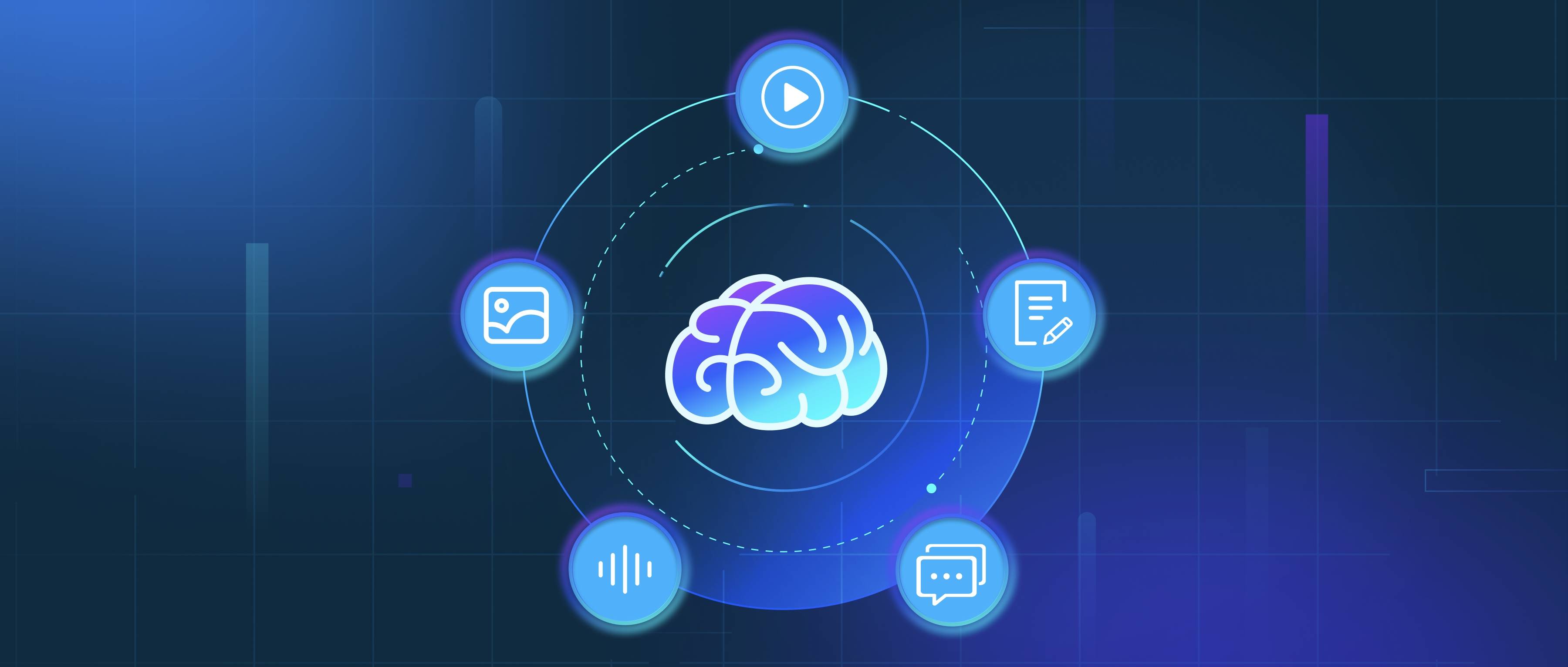Reasoning models are likely to become more sophisticated and tailored to specific tasks over the next decade. As artificial intelligence continues to advance, developers can expect models that better mimic human-like reasoning. This means enhancements in how models can process and interpret information, leading to improved problem-solving capabilities. For example, reasoning models might integrate more context about a problem and utilize past experiences or data more effectively, which would allow them to make informed inferences about new situations.
Additionally, we can anticipate a greater emphasis on multi-modal reasoning models, which combine various types of data inputs, such as text, images, and possibly even audio. This development could enable models to perform complex tasks that require understanding and integrating information from different sources. For instance, in the medical field, a reasoning model might analyze patient data alongside medical images to provide more accurate diagnoses or treatment recommendations. Such capabilities would not only enhance their usefulness but could also provide developers with tools to create applications that are more effective and versatile.
Finally, the ethical considerations and transparency of reasoning models will play an important role in their evolution. As models become more integrated into decision-making processes in various industries, ensuring they are fair, accountable, and easily interpretable will be crucial. Developers will likely focus on building models that can explain their reasoning processes, thereby allowing users to understand how conclusions are drawn. If a reasoning model used in finance suggests an investment, users should be able to trace the logic behind that recommendation. This transparency will be essential to foster trust and facilitate responsible use of AI in society.
